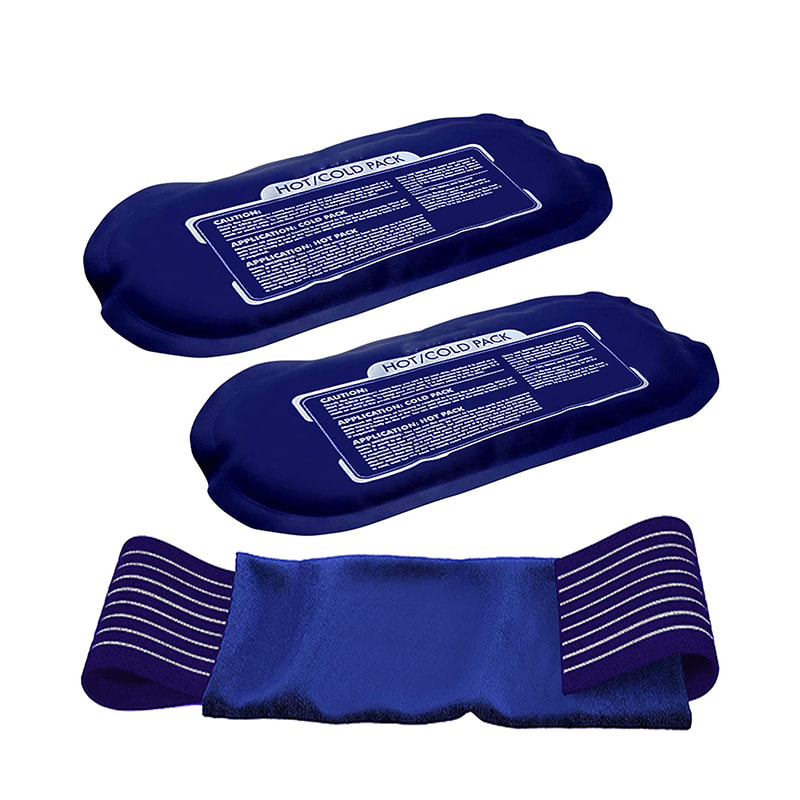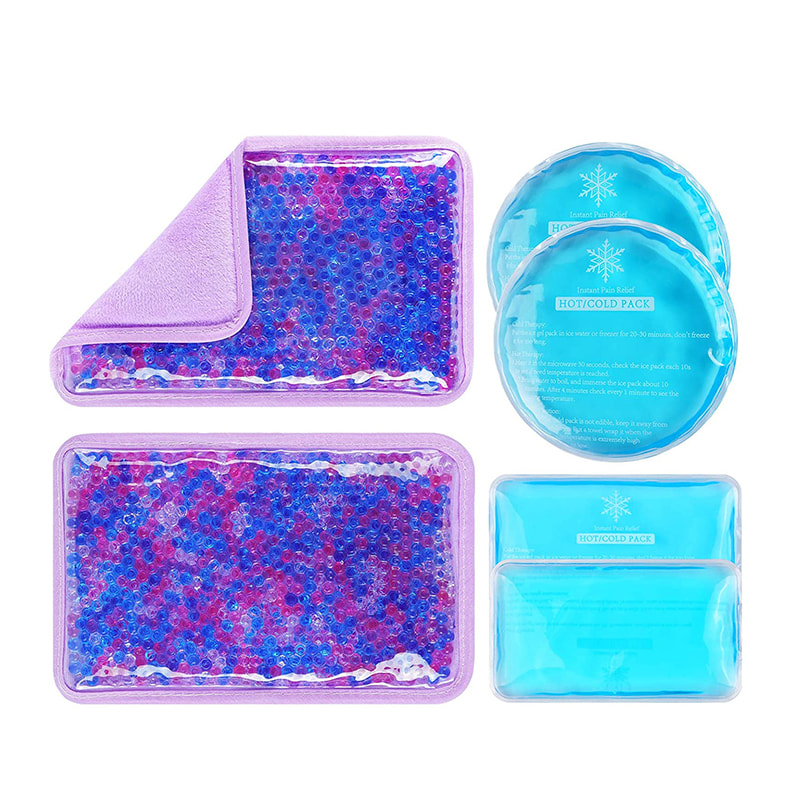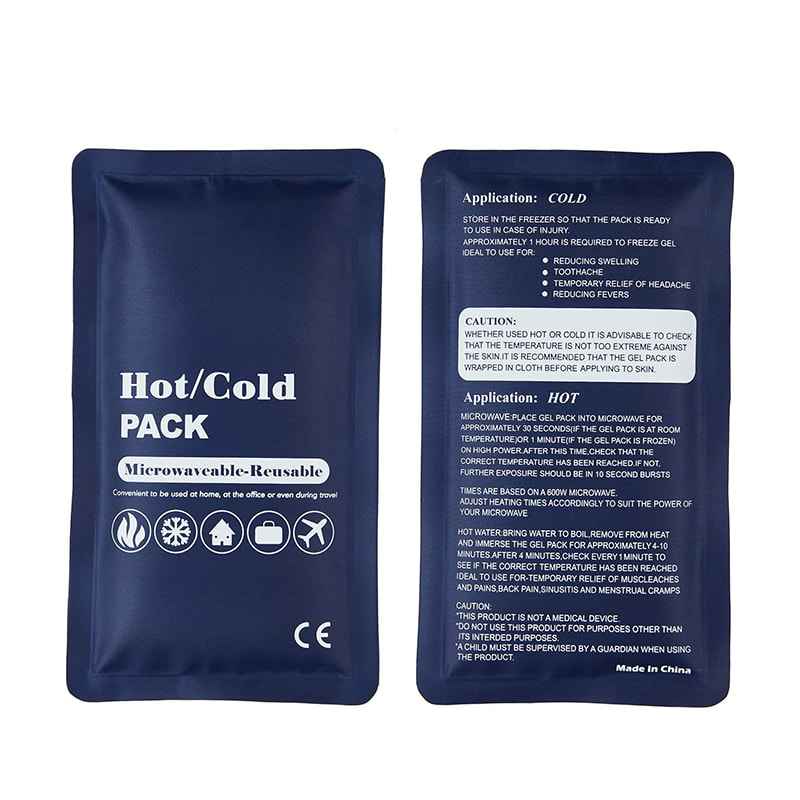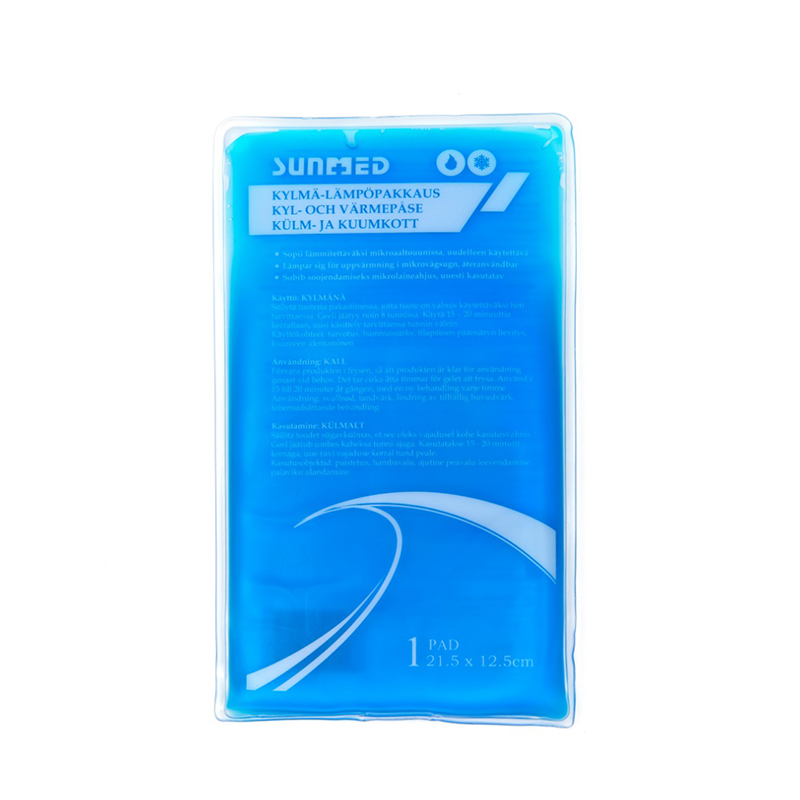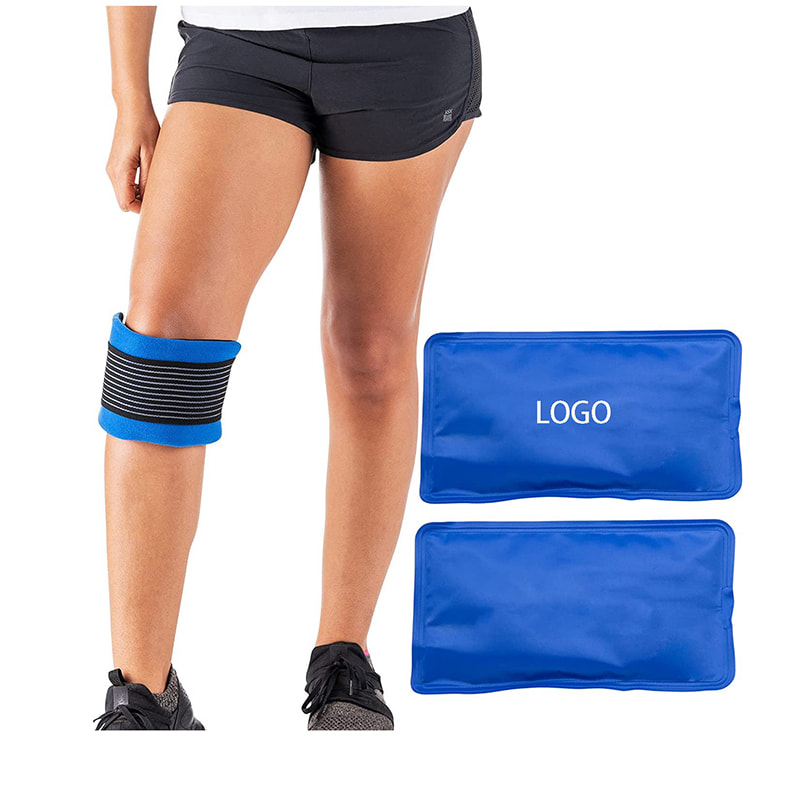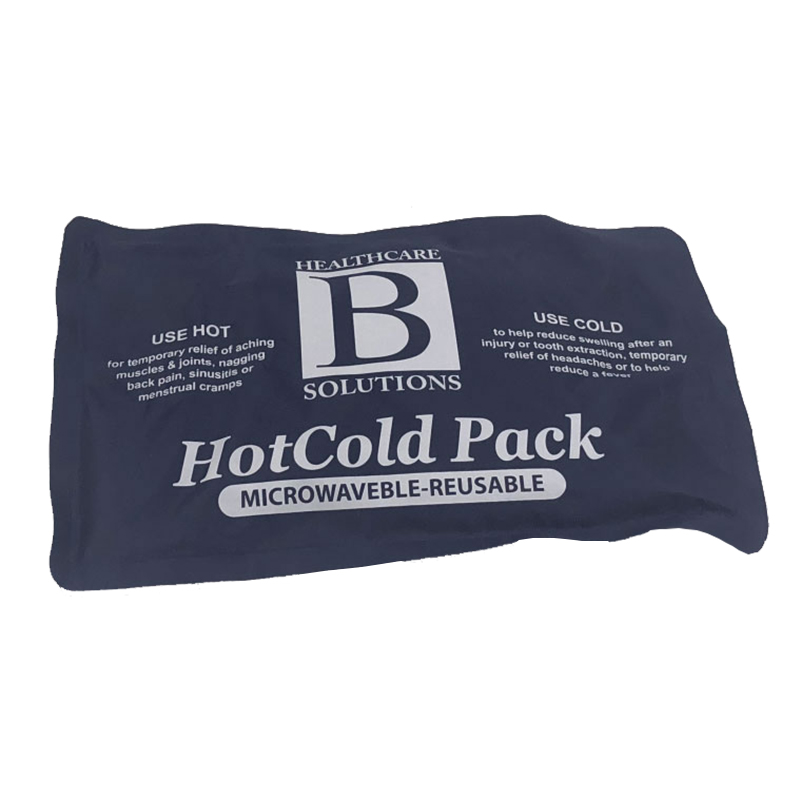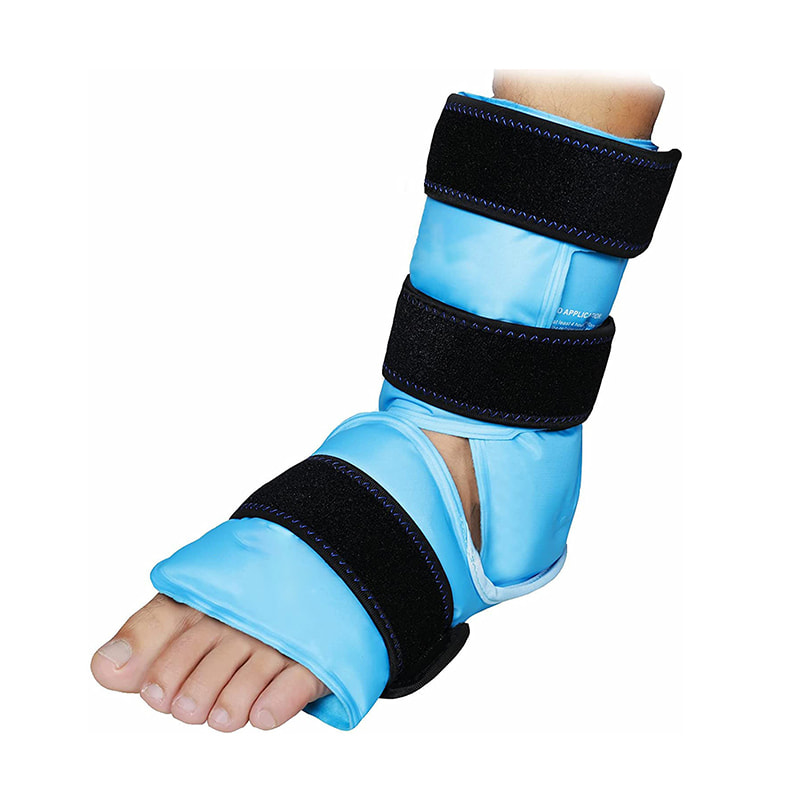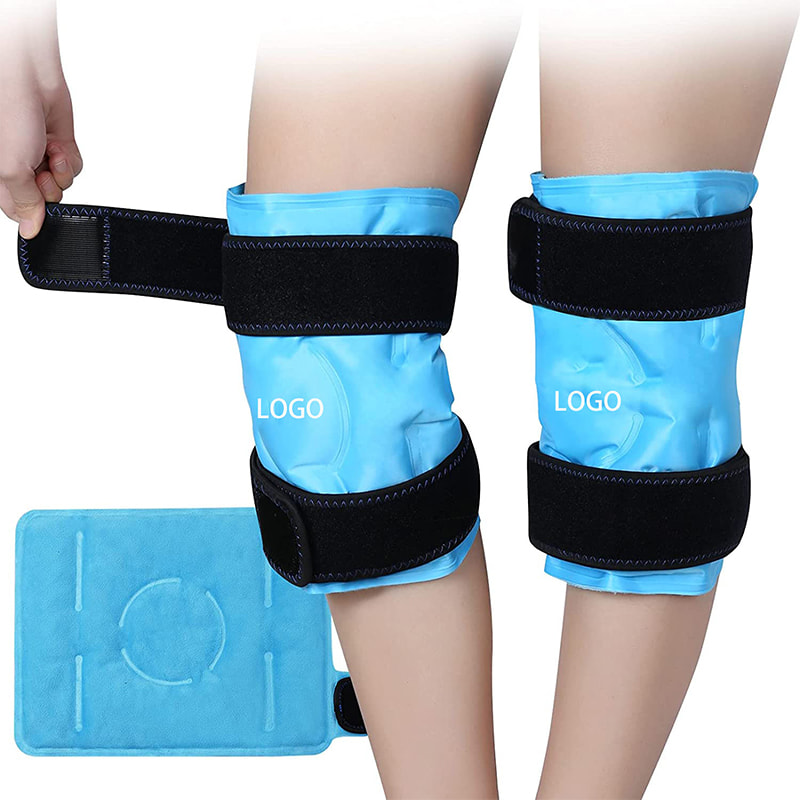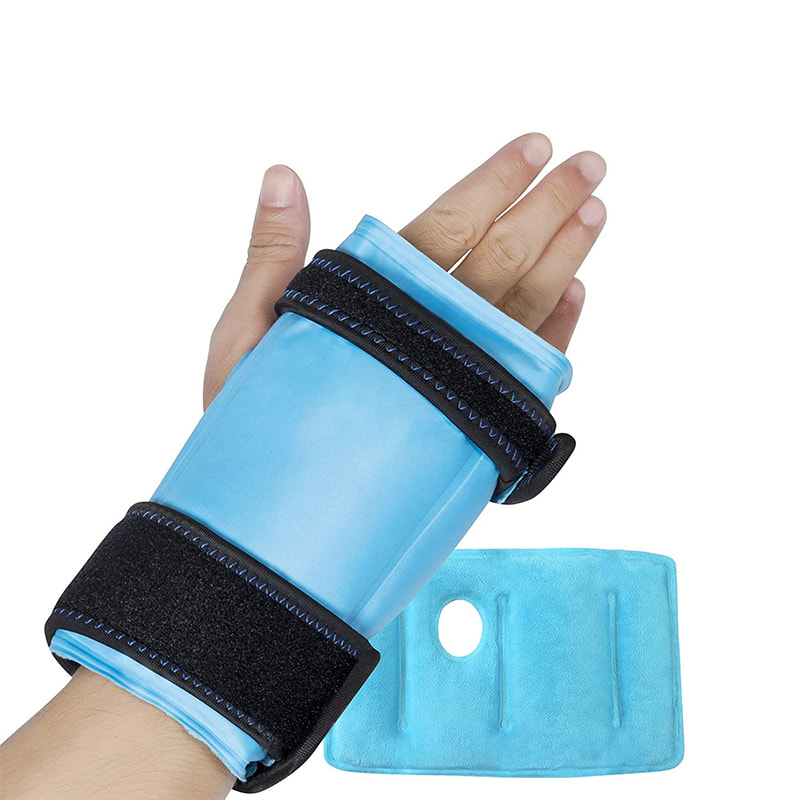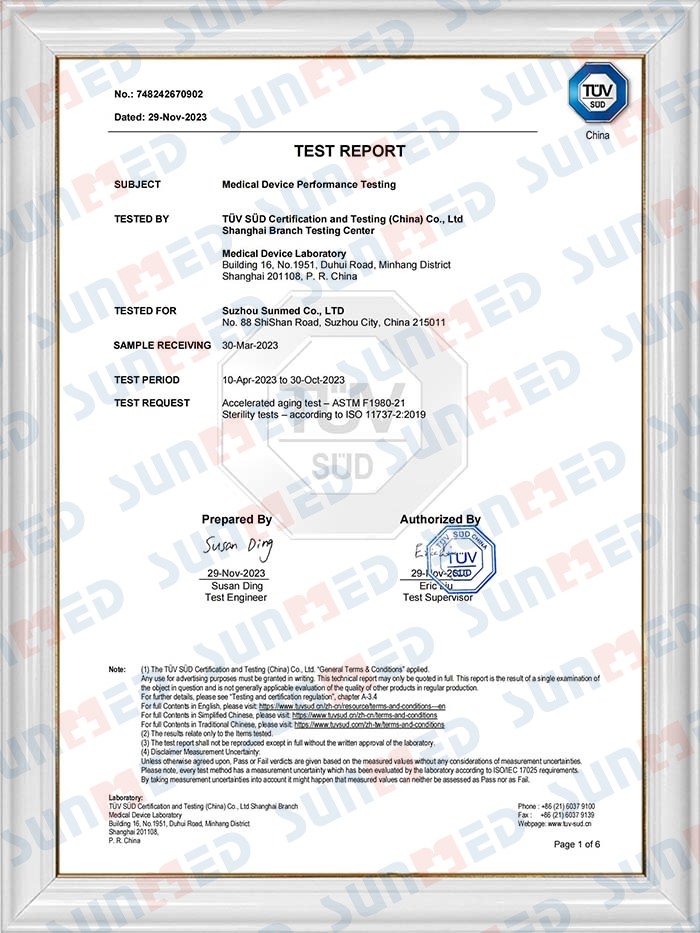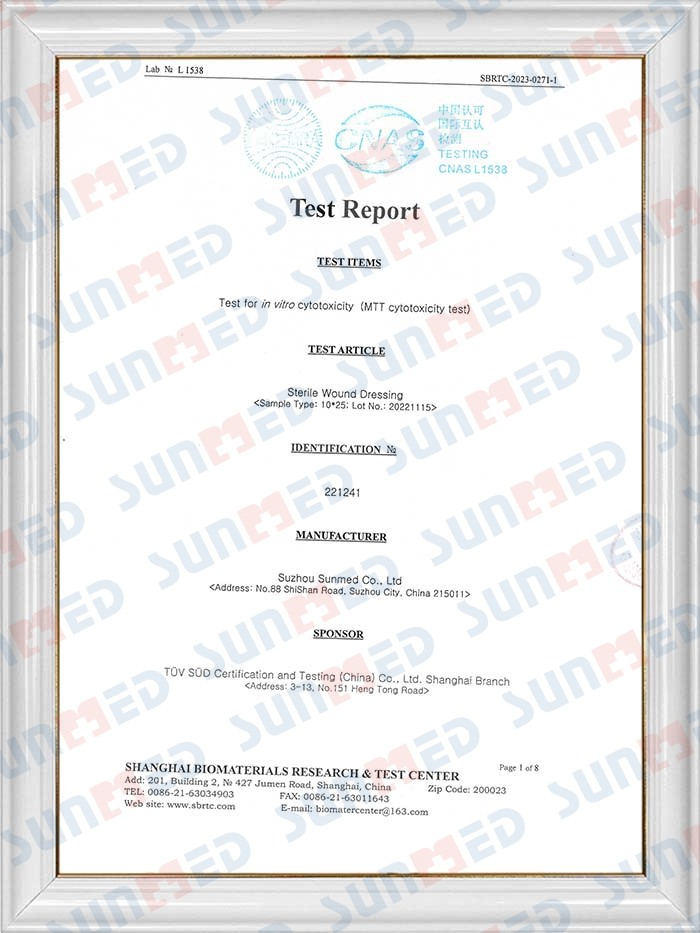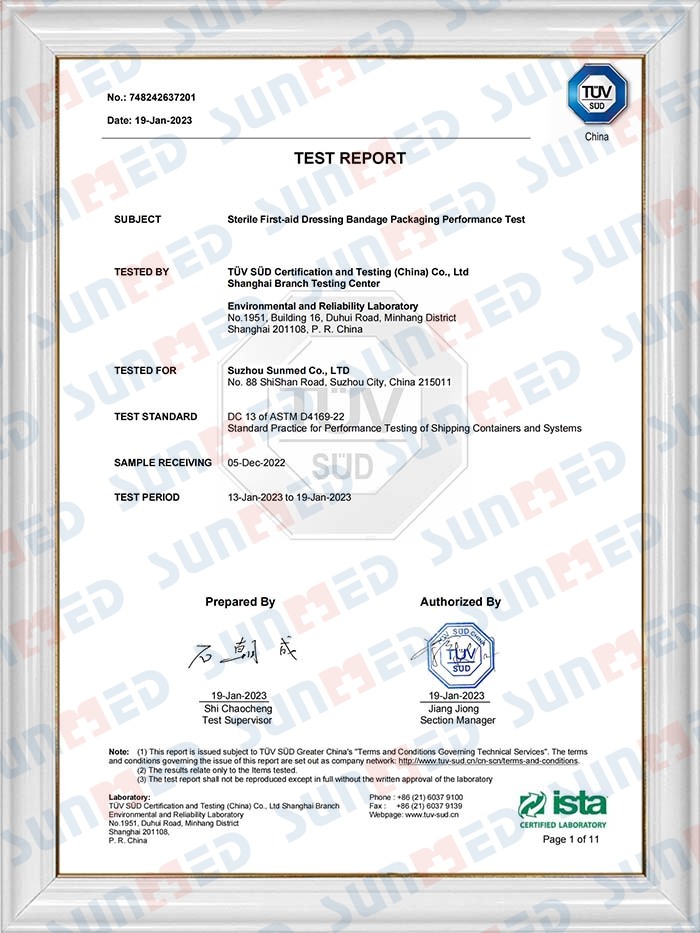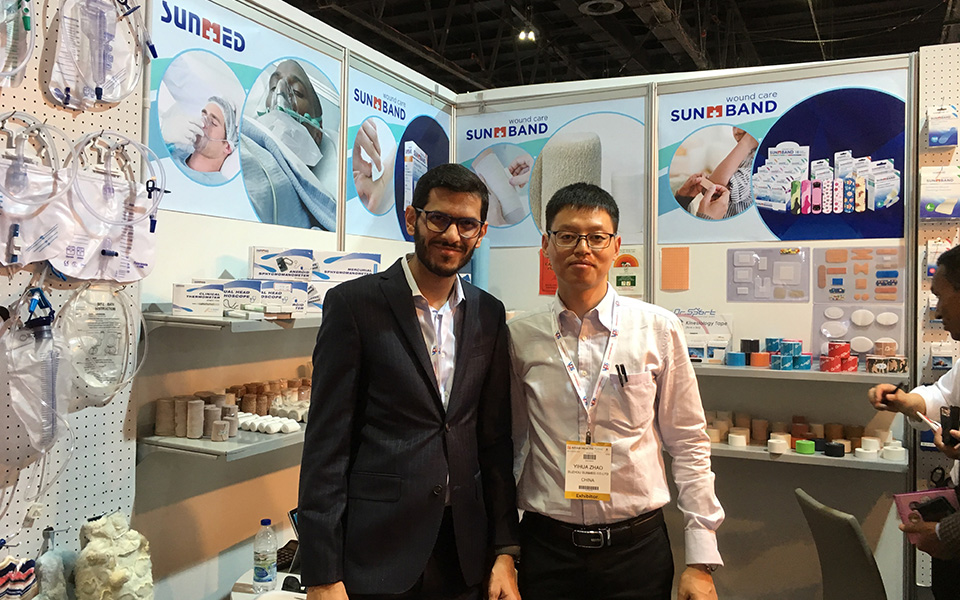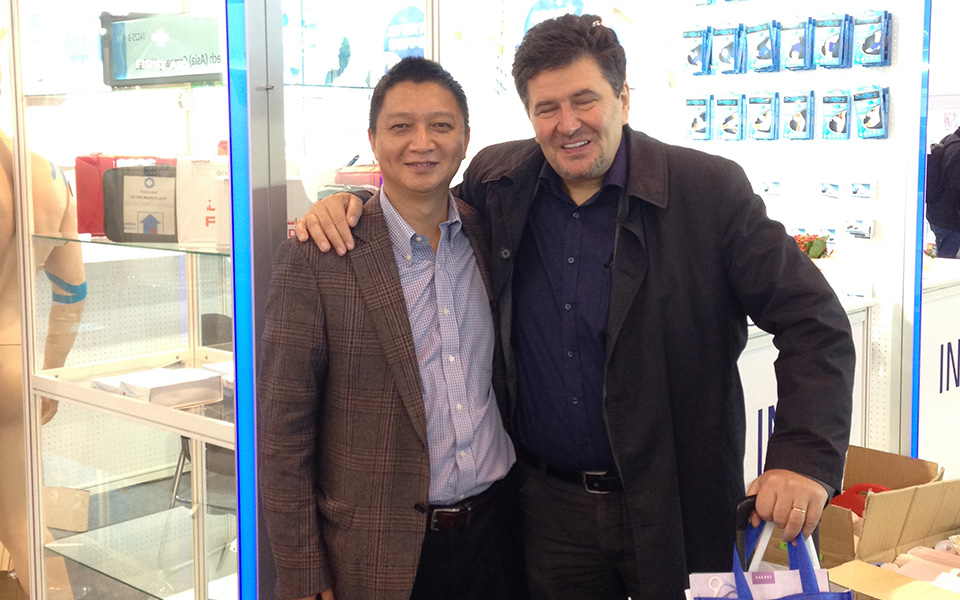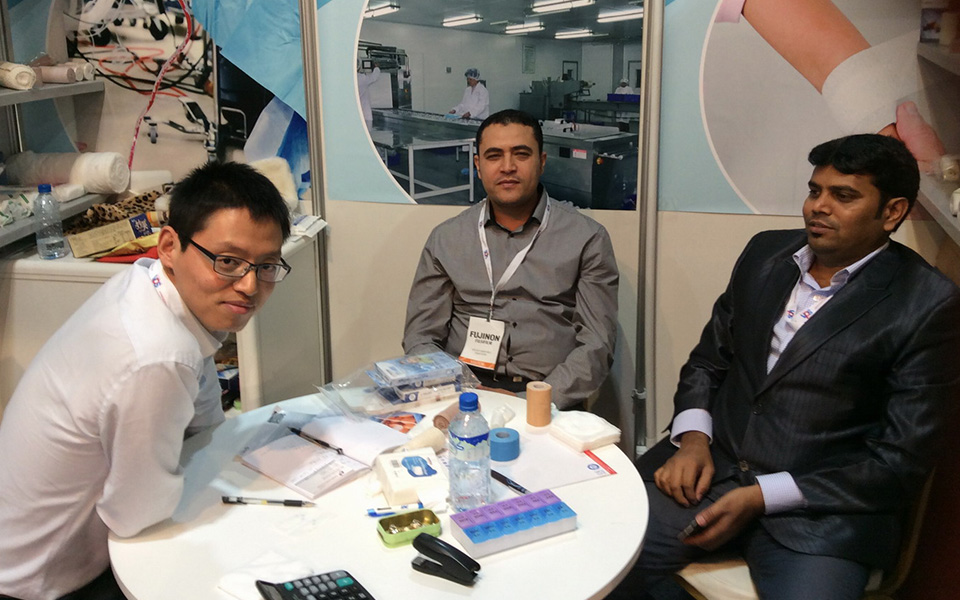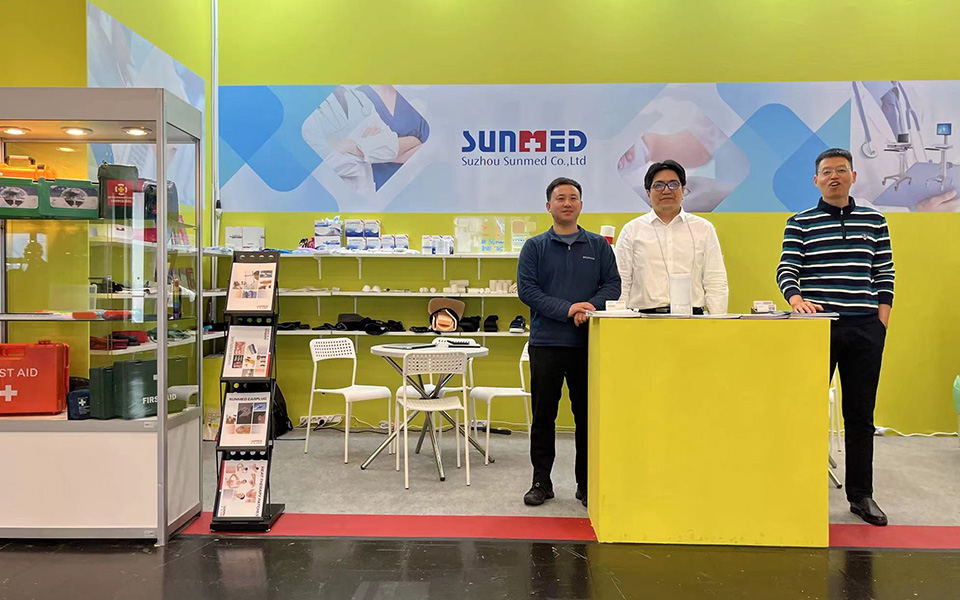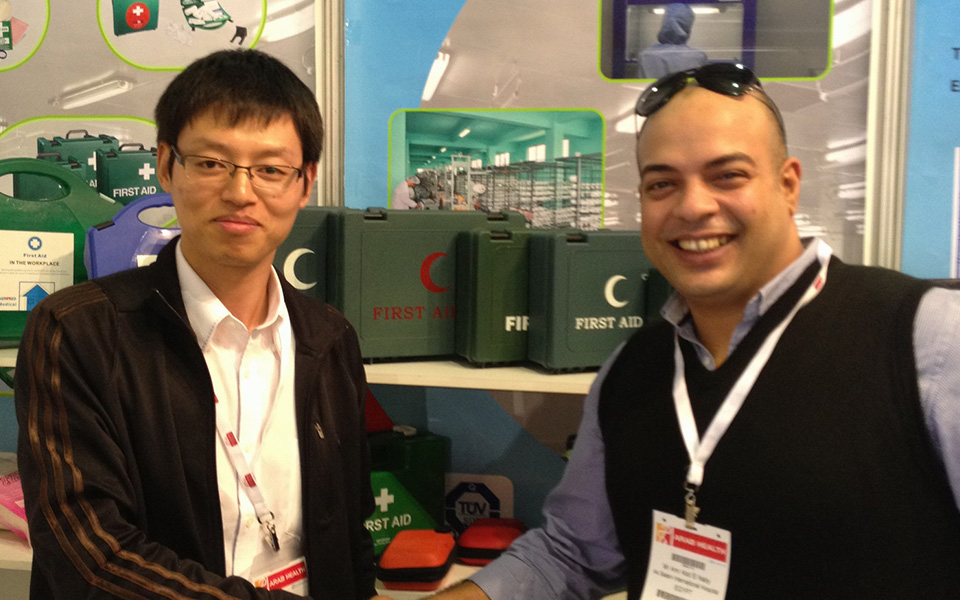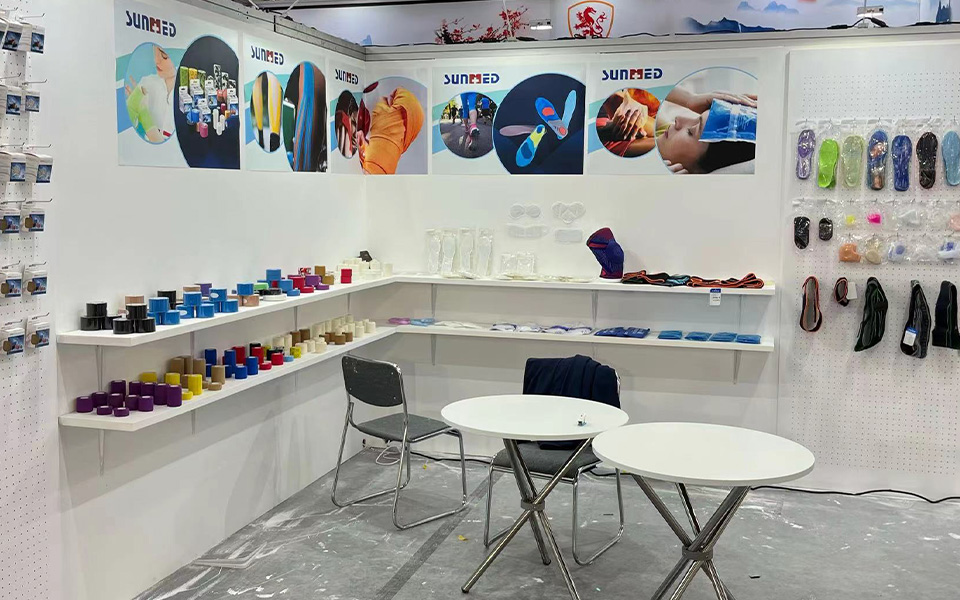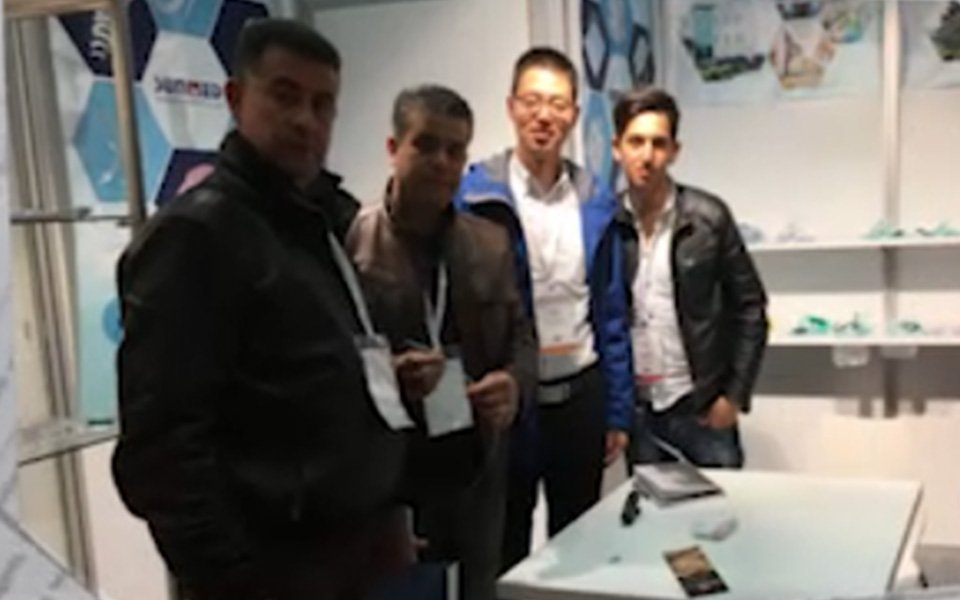What are the key differences between hot and cold packs in terms of their mechanisms of action and therapeutic benefits?
Hot and cold packs serve different purposes in therapy, and understanding their mechanisms of action and therapeutic benefits is crucial. Here are the key differences:
Mechanism of Action:
Hot Packs: Hot packs work by increasing blood flow to the targeted area, which helps to relax muscles, reduce stiffness, and alleviate pain. The heat expands blood vessels, allowing more oxygen and nutrients to reach the tissues, promoting healing and reducing inflammation.
Cold Packs: Cold packs, on the other hand, work by constricting blood vessels and numbing the nerves in the affected area. This helps to reduce swelling, inflammation, and pain by slowing down the transmission of pain signals and decreasing metabolic activity in the tissues.
Therapeutic Benefits:
Hot Packs: Hot packs are commonly used for chronic conditions, such as arthritis, muscle spasms, and stiff joints. The heat helps to improve flexibility, increase range of motion, and relieve tension in the muscles. It's also effective for promoting relaxation and soothing soreness.
Cold Packs: Cold packs are typically used for acute injuries, such as sprains, strains, bruises, and swelling. The cold numbs the area, providing immediate pain relief and reducing swelling by limiting blood flow to the injured tissue. Cold therapy is also beneficial during the early stages of inflammation and injury.
Duration and Frequency:
Hot Packs: Hot packs are generally applied for shorter durations, typically around 15-20 minutes at a time. They can be applied multiple times throughout the day, but it's essential to avoid prolonged exposure to heat, which can lead to burns or tissue damage.
Cold Packs: Cold packs are usually applied for shorter durations as well, typically around 10-15 minutes at a time. They can also be applied multiple times throughout the day, especially during the initial stages of an injury or inflammation. However, prolonged exposure to cold can also have adverse effects, such as frostbite or tissue damage.
Precautions and Contraindications:
Hot Packs: Hot packs should be used with caution, especially in individuals with sensitive skin, circulatory problems, or decreased sensation. It's essential to monitor the skin closely for signs of irritation or burns and to use a barrier, such as a towel or cloth, to prevent direct contact with the skin.
Cold Packs: Cold packs should also be used with caution, particularly in individuals with conditions like Raynaud's disease or hypersensitivity to cold. It's crucial to avoid applying cold packs directly to the skin for prolonged periods to prevent frostbite or cold-induced injury.
How do you ensure the safety and effectiveness of hot and cold packs?
Ensuring the safety and effectiveness of
hot and cold packs involves several important considerations and best practices:
Quality Assurance of Materials: Use high-quality materials for the construction of hot and cold packs to ensure durability, safety, and effectiveness. This includes the outer fabric, inner gel or filling, and any closures or seals. Materials should be non-toxic, hypoallergenic, and able to withstand repeated heating or freezing without degradation.
Clear Instructions for Use: Provide clear and comprehensive instructions for the proper use of hot and cold packs, including recommended heating or cooling times, application methods, and safety precautions.
Temperature Regulation: Ensure that hot packs reach the appropriate temperature for therapeutic benefit without posing a risk of burns or injury. Use temperature-regulating mechanisms, such as microwave-safe materials or gel formulations with specific heat capacities, to prevent overheating and ensure safe use.
Insulation and Protection: Incorporate insulation layers or protective barriers into the design of hot and cold packs to prevent direct contact with the skin and minimize the risk of thermal injury. This can include using fabric covers, insulated sleeves, or adjustable straps to provide a comfortable and secure fit during use.

 English
English Español
Español русский
русский Français
Français Deutsch
Deutsch

